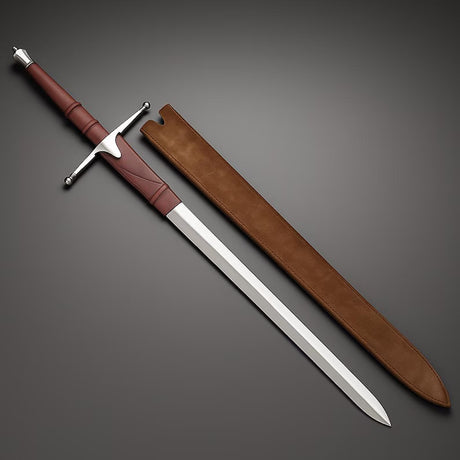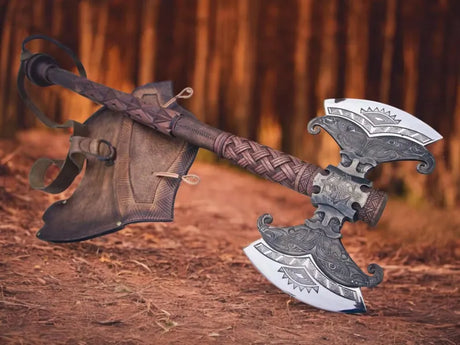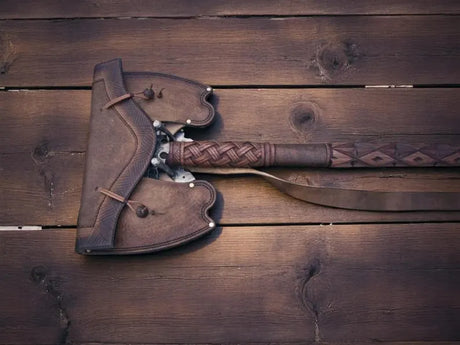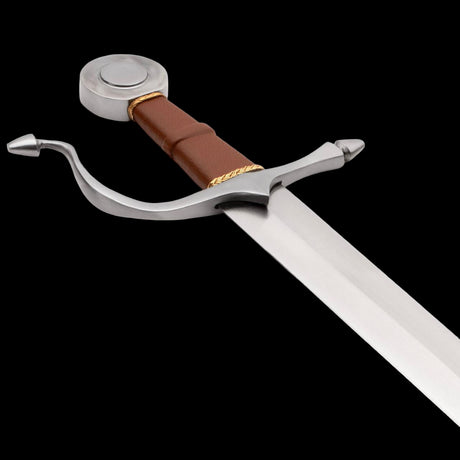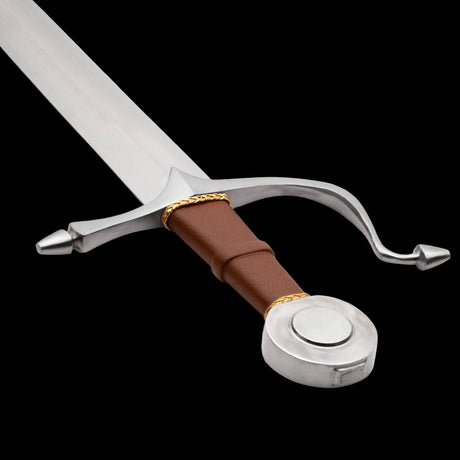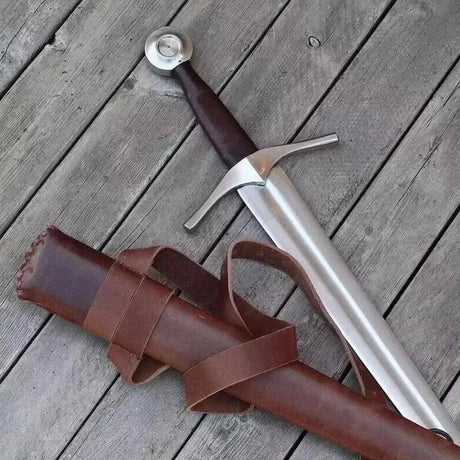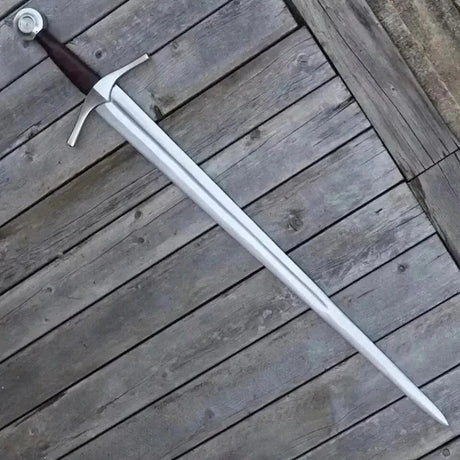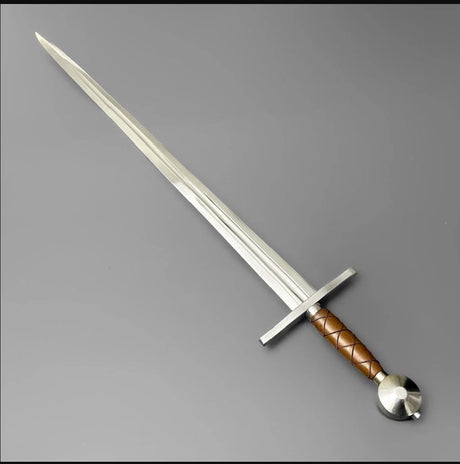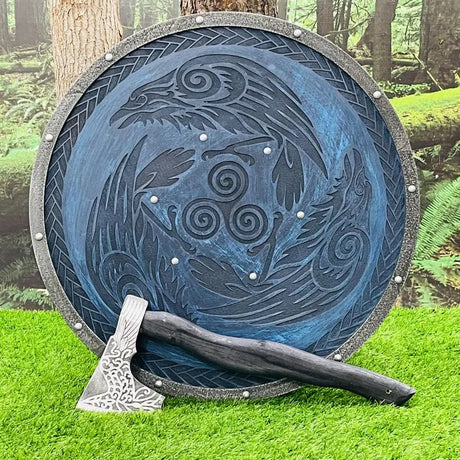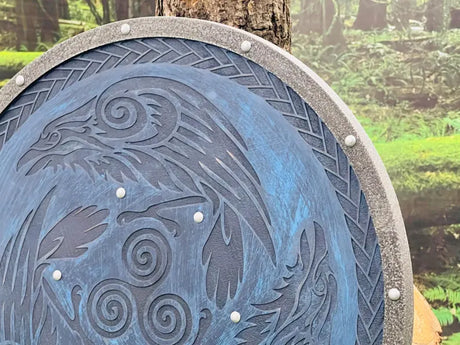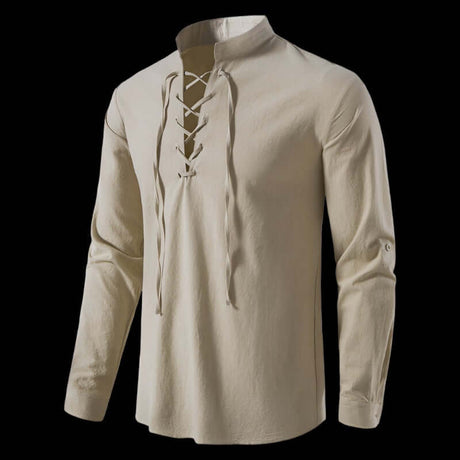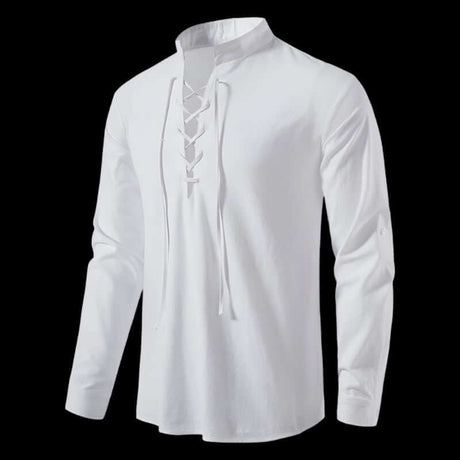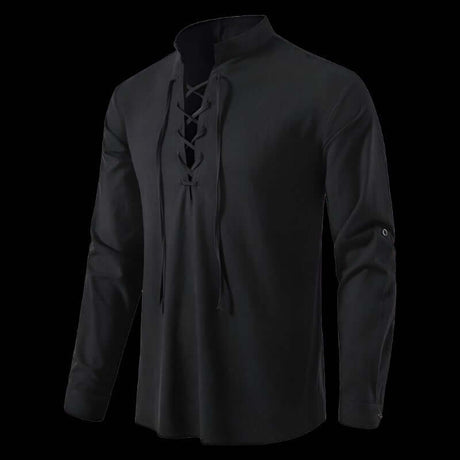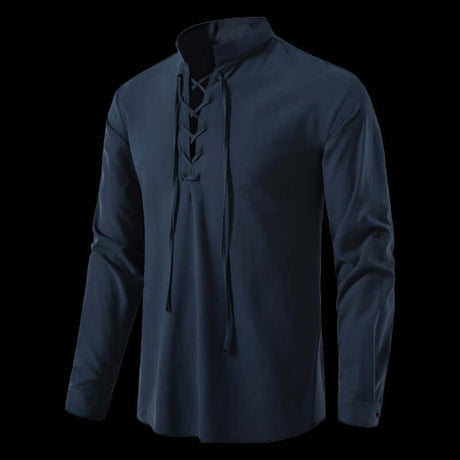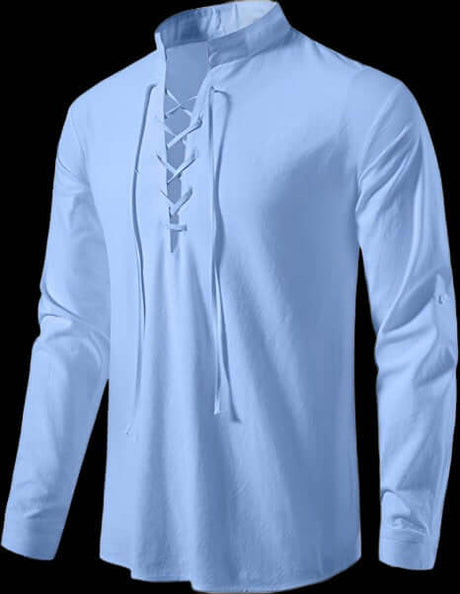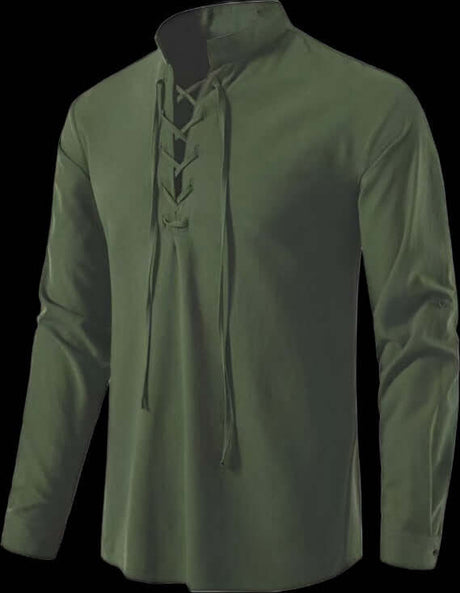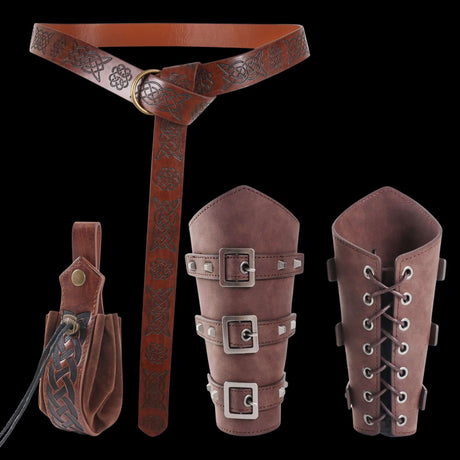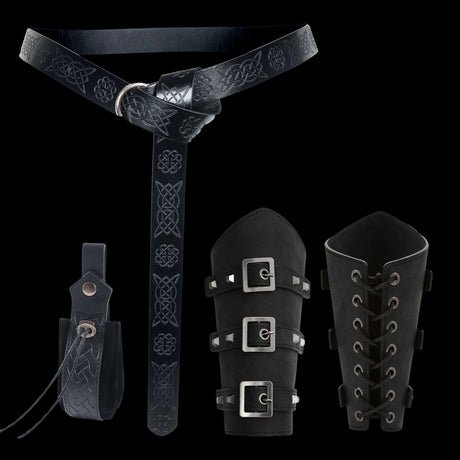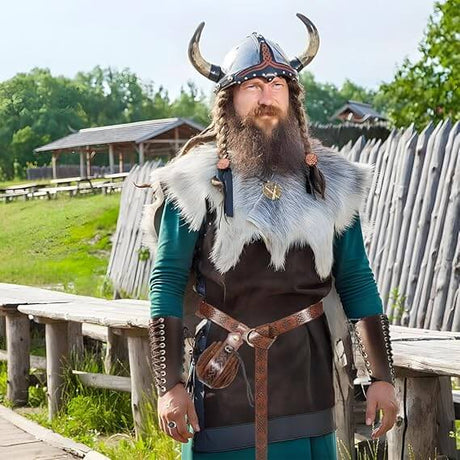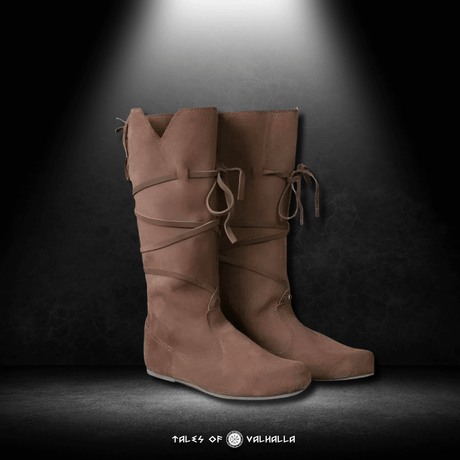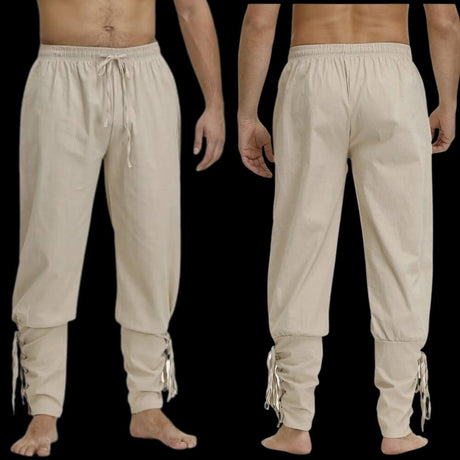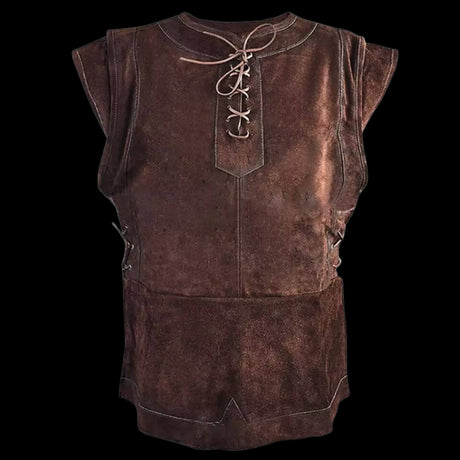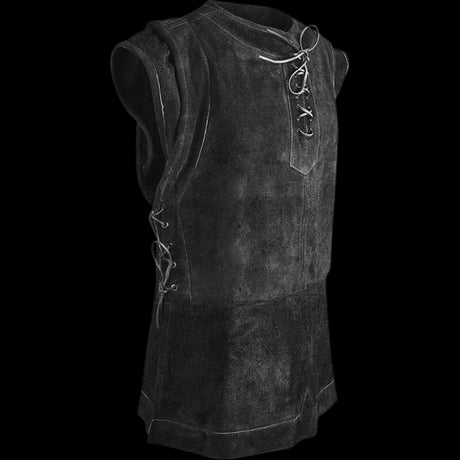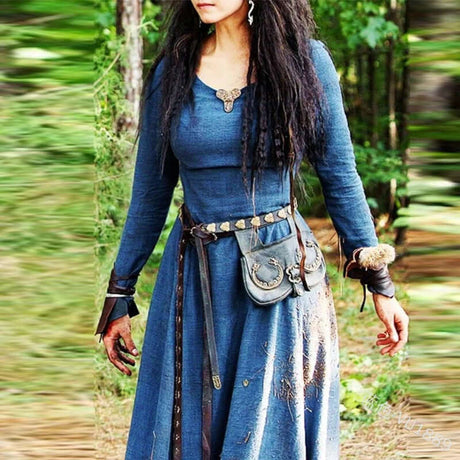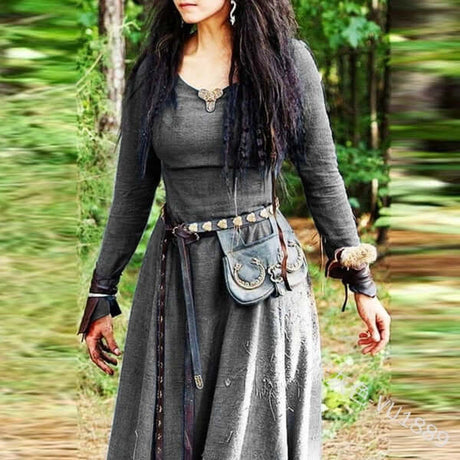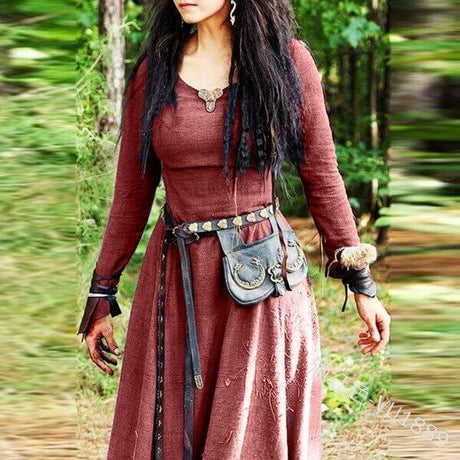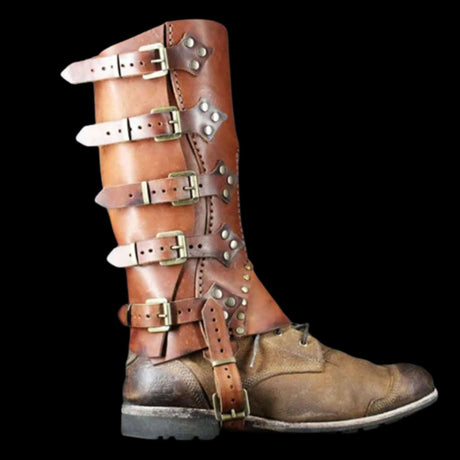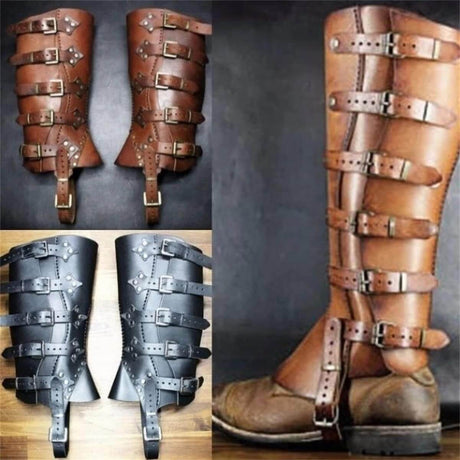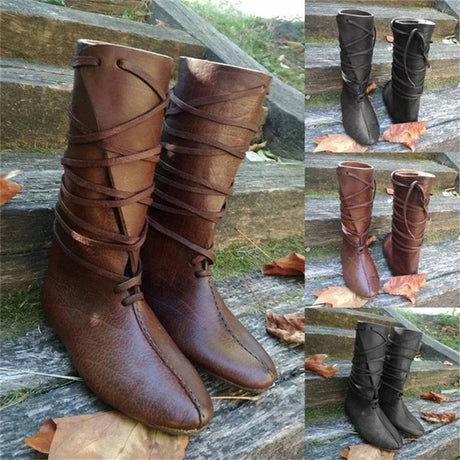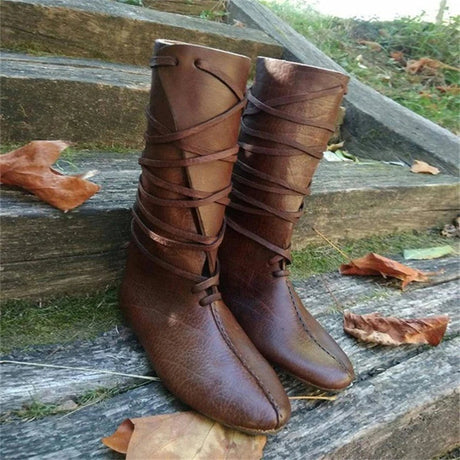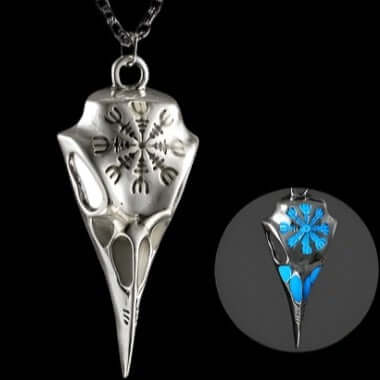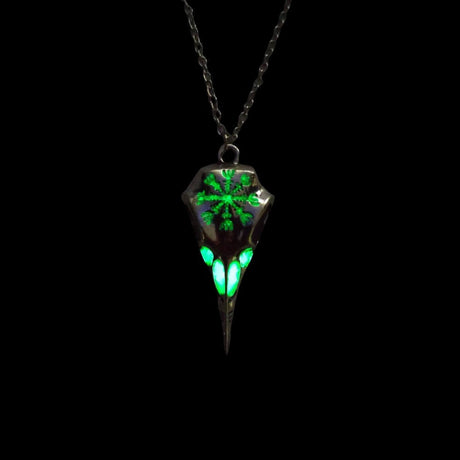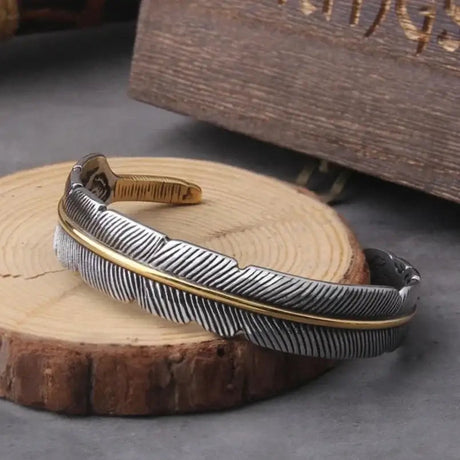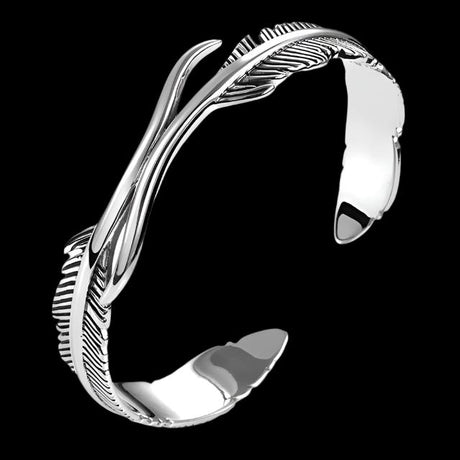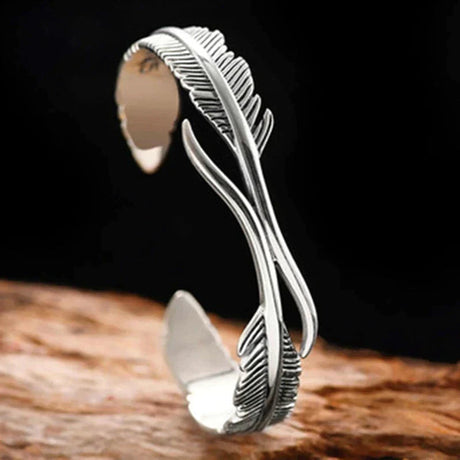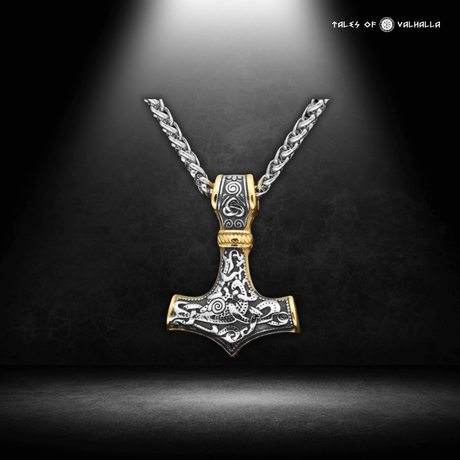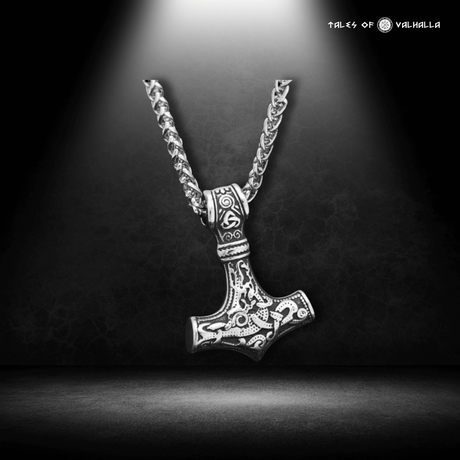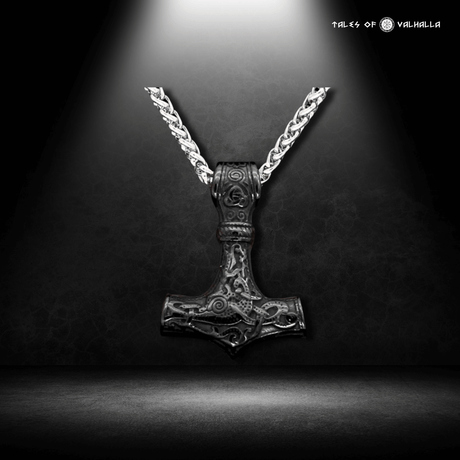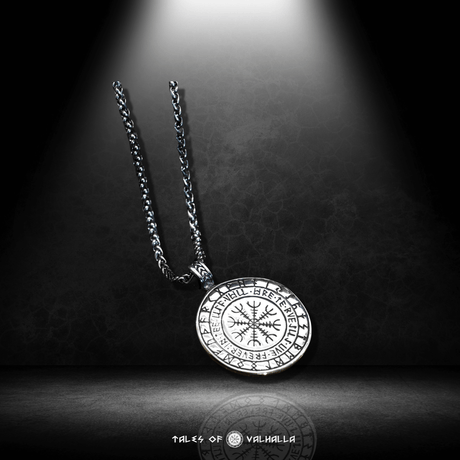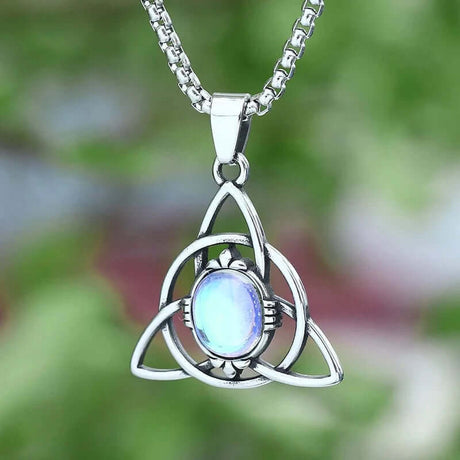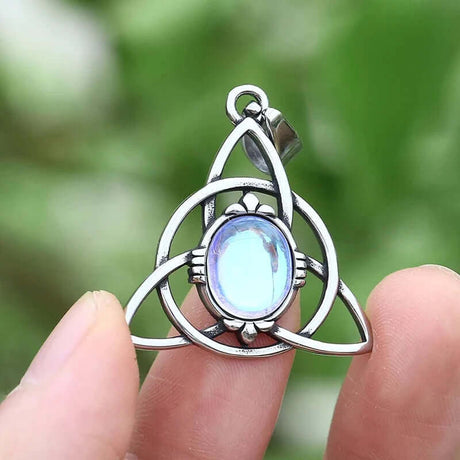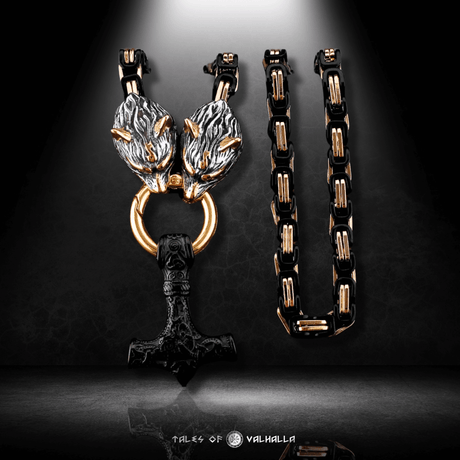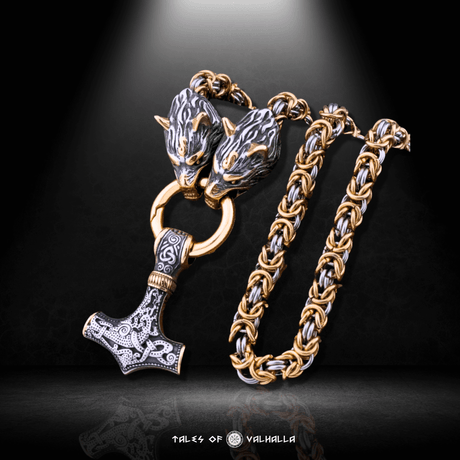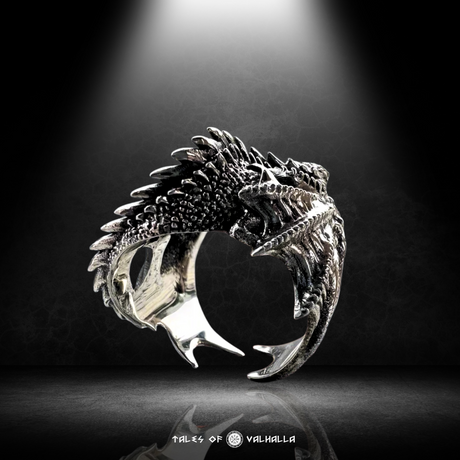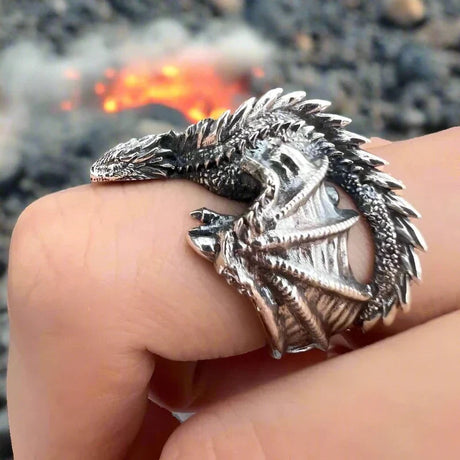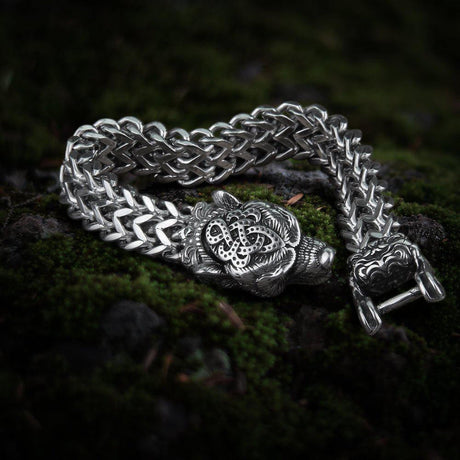History is often written by the winners, or at the very least, by the people with the best public relations teams. For centuries, American schoolchildren have recited the rhyme, "In fourteen hundred ninety-two, Columbus sailed the ocean blue."
But what if that rhyme is wrong? What if the true story of the American discovery smells less like Spanish spices and more like salt spray, pine tar, and wet wool?
Enter Leif Erikson.
Five centuries before Christopher Columbus bumped into the Caribbean, a Norse explorer stood on the deck of a knarr (a Viking merchant ship), peering through the fog at the coastline of what is now Canada. He wasn't looking for gold. He was looking for timber, land, and adventure.
Today, we are going to rewrite the history books. We are going to strip away the horned-helmet stereotypes and look at the real man. Who was Leif Erikson? How did he cross the treacherous North Atlantic without a compass? And why did his discovery of the New World fade into legend while Columbus took the credit?
This is the saga of the first European to set foot on American soil.
The Apple and the Tree: The Origins of Leif Erikson
To understand Leif Erikson, you have to understand the chaotic bloodline he came from. He wasn't born into nobility; he was born into exile.
Leif was the son of Erik the Red, a man whose temper was as fiery as his beard. Erik was banished from Norway for manslaughter. He moved to Iceland, got into a feud, killed again, and was banished again. Running out of places to hide, Erik sailed west and founded the Greenland colony.

The Apple and the Tree: The Origins of Leif Erikson
A Different Kind of Viking
Born around 970 AD, likely in Iceland, Leif Erikson grew up in the rough, freezing environment of Greenland. But historical accounts suggest Leif was different from his volatile father. The Saga of the Greenlanders describes him as "a large and powerful man, and of a most imposing bearing, a man of sagacity, and a very just man in all things."
Where Erik the Red was a brawler, Leif Erikson was a thinker. Where Erik was a devout pagan, Leif eventually embraced Christianity (a point of significant tension at the dinner table).
This distinction is vital. Leif wasn't a mindless raider. He was an explorer in the truest sense—calculating, curious, and incredibly lucky. In fact, his nickname would become Leifur heppni—Leif the Lucky.
The Accidental Discovery vs. The Calculated Voyage
There are two main historical sources that tell us about Leif Erikson: The Saga of the Greenlanders and The Saga of Erik the Red. They contradict each other slightly, leading to two different theories on how he found America.
Theory A: The Blown-Off-Course Narrative
In The Saga of Erik the Red, Leif Erikson is sailing from Norway back to Greenland after serving King Olaf Tryggvason. A summer storm hits. The winds howl, the waves rise, and Leif’s ship is battered across the Atlantic, missing Greenland entirely. When the fog clears, he sees a land of wild wheat and grapes.
Theory B: The Bought-Boat Narrative (More Likely)
In The Saga of the Greenlanders, the story is more pragmatic. A merchant named Bjarni Herjólfsson had sighted land to the west years earlier after getting lost but never went ashore.
Leif Erikson, intrigued by the tale, didn't just drift there. He bought Bjarni’s ship (and likely hired some of his crew), and retraced the route in reverse. This showcases Leif Erikson not as a victim of fate, but as a methodical planner. He wanted to see what was out there.
Helluland, Markland, and Vinland: The Journey South
Around 1000 AD, Leif Erikson and a crew of about 35 men pushed their longship into the gray waters. They didn't find America all at once; they found it in pieces.
They identified three distinct lands, which modern historians have worked hard to map onto our current geography.
1. Helluland (Land of Flat Stones)
The first place they hit was a barren landscape of glaciers and flat rocks. Leif Erikson deemed it worthless for farming.
-
Modern Location: Likely Baffin Island.
2. Markland (Forest Land)
Sailing further south, they found a land thick with forests and white sandy beaches. For Greenlanders, who had almost no trees, this was a goldmine.
- Modern Location: Likely the coast of Labrador.
3. Vinland (Wine Land)
Finally, they arrived at a place where the winter was mild, the salmon were bigger than they had ever seen, and the days were long. They found "wine-berries" (likely wild grapes or squashberries). Leif Erikson named it Vinland.
-
Modern Location: Northern Newfoundland (specifically L’Anse aux Meadows).
Top 12 Mind-Blowing Facts About Leif Erikson
To truly grasp the magnitude of what Leif Erikson achieved, let's break down the most fascinating elements of his life and legacy.
- He Was the First European in North America: This isn't a theory anymore. In the 1960s, archaeologists Helge and Anne Stine Ingstad discovered a Norse settlement at L'Anse aux Meadows in Newfoundland, carbon-dated to 1000 AD.
- He Never Colonized It Permanently: Unlike Columbus, Leif Erikson spent only one winter in Vinland. He built "Leifsbudir" (Leif’s Booths), loaded his ship with timber and grapes, and went home.
- His Sister Was Terrifying: Leif’s sister, Freydis Eiriksdottir, also traveled to Vinland. Legend says that when attacked by indigenous people, she bared her breast and slapped it with a sword, scaring the attackers away.
- "Leif the Lucky" Wasn't Just About Land: He earned the nickname after rescuing a shipwrecked trading crew on his way home from Vinland. They rewarded him with their cargo, making him instantly rich.
- He Brought Christianity to Greenland: Leif Erikson was tasked by the King of Norway to convert the Greenland settlement. His mother built the first church there; his father, Erik, refused to convert.
- October 9th is Leif Erikson Day: In 1964, President Lyndon B. Johnson proclaimed this holiday. It’s not the day he landed (we don't know that date), but the date the first organized immigration from Norway to the US began in 1825.
- No Horned Helmets: We have to say it. Leif Erikson never wore a horned helmet. That was a costume design invention from 19th-century opera.
- The "Grapes" Controversy: Critics argued grapes don't grow in Newfoundland. However, during the Medieval Warm Period, the climate was significantly hotter. Alternatively, "Vin" can also mean "Pasture" in Old Norse.
- He Never Returned: After his initial voyage, Leif Erikson took over the chieftainship of Greenland after his father died. He never went back to America, though his brothers did.
- Genetic Legacy: Some studies suggest that Norse DNA may have entered Indigenous populations (and vice versa) centuries ago, though this is still a subject of fierce scientific debate.
- He Had a "Secret" Son: Before arriving in Greenland, Leif had a romance in the Hebrides (Scotland) with a noblewoman named Thorgunna. They had a son named Thorgils, who was later sent to live with Leif.
- Statues Everywhere: You can find statues of Leif Erikson in Reykjavik, Seattle, Chicago, and even Duluth, Minnesota.
The First Contact: Vikings vs. Skrælings
One of the most critical differences between Leif Erikson and later explorers was the nature of their interaction with Indigenous people.
The Vikings called the Native Americans Skrælings (a derogatory term likely meaning "weaklings" or "wearers of skins").
Initially, there was trade. The Vikings offered red cloth; the Indigenous people offered furs. But biology and culture clashed.

The First Contact: Vikings vs. Skrælings
The Milk Incident
One saga details a disaster where the Vikings offered the locals milk or cheese. The Native Americans, likely lactose intolerant, became sick and thought they had been poisoned.
War broke out.
While Leif Erikson had already returned to Greenland by the time the violence peaked, his brother Thorvald was killed by an arrow during a skirmish.
This violence is the primary reason the Vikings left. They had superior iron weapons, but they were vastly outnumbered. They realized they could not sustain a colony so far from home with hostile neighbors.
The Viking Longship: Technology That Changed the World
How did Leif Erikson actually survive the Atlantic? It wasn't magic; it was engineering.
The Viking knarr was a masterpiece of naval architecture. Unlike the flat-bottomed river boats used for raiding England, the knarr was wider, deeper, and relied on sails rather than oars.
Voyage Statistics Table
Here is a look at the logistics of Leif Erikson's journey compared to Columbus.
| Feature | Leif Erikson (c. 1000 AD) | Christopher Columbus (1492 AD) |
| Ship Type | Viking Knarr (Clinker built) | Carrack (Santa Maria) |
| Navigation | Sun shadow boards, birds, swells | Compass, Astrolabe, charts |
| Distance Traveled | Approx. 1,800 miles (in stages) | Approx. 4,000 miles |
| Crew Size | ~35 men | ~90 men |
| Motivation | Timber, land, resources | Gold, spices, trade route to Asia |
| Result | Temporary settlement | Permanent colonization |
The flexibility of the Viking ship allowed it to "ride" the waves rather than smash through them. This made the ship seaworthy in the brutal North Atlantic swells that would have snapped a rigid Mediterranean hull in half.
Why Did History Forget Leif Erikson?
If Leif Erikson was first, why do we get a day off for Columbus?
It comes down to the "Information Age" of the respective eras.
When Columbus returned to Spain in 1492, the printing press had recently been invented. News of his "discovery" spread across Europe like wildfire. It was politically useful for Spain to claim the land.
When Leif Erikson returned to Greenland, the story was preserved in oral tradition—the Sagas. These stories were told around fires for two hundred years before they were written down. By then, Europe had moved on. The Viking outpost in Greenland eventually vanished (likely due to climate change and isolation), and the knowledge of "Vinland" faded into myth.
For centuries, scholars thought the Sagas were just fairy tales. It wasn't until the discovery at L'Anse aux Meadows in 1960 that Leif Erikson was vindicated by hard science.
The Legacy of Leif Erikson in Modern America
Today, Leif Erikson represents something different to Americans. He is the patron saint of the immigrant and the explorer.
In the 19th century, thousands of Norwegian immigrants poured into the American Midwest. They faced discrimination and hardship. To assert their place in American history, they rallied around Leif Erikson. They wanted to prove that they weren't just newcomers; in a way, they had been here first.
Beyond the Statue
The legacy of Leif Erikson is about the human spirit.
Imagine the courage it took to sail into the void. There were no satellite maps. There was no rescue team. There was just the open ocean, the creak of the wood, and the belief that something better lay over the horizon.
Leif Erikson didn't conquer America. He didn't enslave its people or extract its gold. He touched the edge of a vast continent, marveled at its resources, and then withdrew, leaving the land to sleep for another 500 years.
Conclusion: The True Pioneer
The story of Leif Erikson challenges us to look deeper at the history we think we know. It reminds us that the world was connected long before we had the internet or airplanes.
He was a son of an exile who became a chief. He was a pagan who became a Christian. He was a sailor who became the first European to walk on the soil of the New World.
So, this October, or really any time you look at a map of the North Atlantic, spare a thought for Leif Erikson.
Columbus may have opened the door for colonization, but it was Leif who first knocked on the door to see who was home.
He was the first. And in the annals of exploration, being first is everything.
Frequently Asked Questions About Leif Erikson
Q: Did Leif Erikson have a map?
A: No. He relied on "mental maps" passed down from Bjarni Herjólfsson and his ability to read nature (birds, whale migration, and water color).
Q: How do you pronounce Leif?
A: In the US, it is often "Leaf." In Iceland and Norway, it is closer to "Lay-f."
Q: Are there other Viking sites in America?
A: L'Anse aux Meadows is the only confirmed site. However, satellite archaeology has recently identified potential sites further south in Newfoundland (Point Rosee), though these remain unconfirmed.
(Author's Note: This post synthesizes historical records from the Icelandic Sagas and modern archaeological data. While we celebrate the achievements of Leif Erikson, we also acknowledge the Indigenous peoples who inhabited these lands for thousands of years prior to Viking arrival.)










